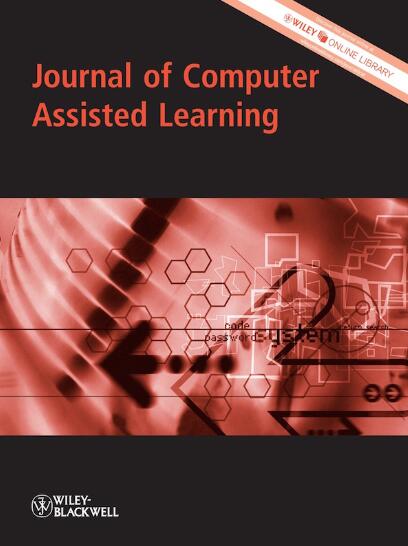Using knowledge building and flipped learning to enhance students' learning performance in a hands-on STEM activity
Abstract
Background
Society requires individuals to have the ability to synthesise knowledge from diverse sources, typically acquired through science, technology, engineering, and mathematics (STEM) education.
Objectives and Methods
We utilised a moderately rigorous design to investigate the effects of combining a hands-on STEM activity with active learning approaches of knowledge building (KB) and flipped learning on the learning performance of 188 senior students. Students needed to work in groups to construct a remote-controlled car using a remote-control module and electrical circuit, followed by the task of putting balls into a basket.
Results
After the activity, all participants' STEM knowledge, learning motivation, and creativity improved. For STEM knowledge, students who received the integrated KB and flipped learning approach (E2 group) outscored those who received only KB (E1 group), whereas the E1 group outperformed those who received lectures (control group). For learning motivation, the E1 group outperformed the control group. The E2 group outperformed the control group on the post-test only when the students' learning motivation pre-test scores were lower, suggesting the effectiveness of both active learning approaches. For creativity, both E1 and E2 groups performed better than the control group.
Conclusions
The potential benefits of combining active learning approaches with hands-on STEM activities were revealed in terms of STEM knowledge, learning motivation, and creativity. Surprisingly, the combination method was the most effective in energising unmotivated students for STEM education.

 求助内容:
求助内容: 应助结果提醒方式:
应助结果提醒方式:


